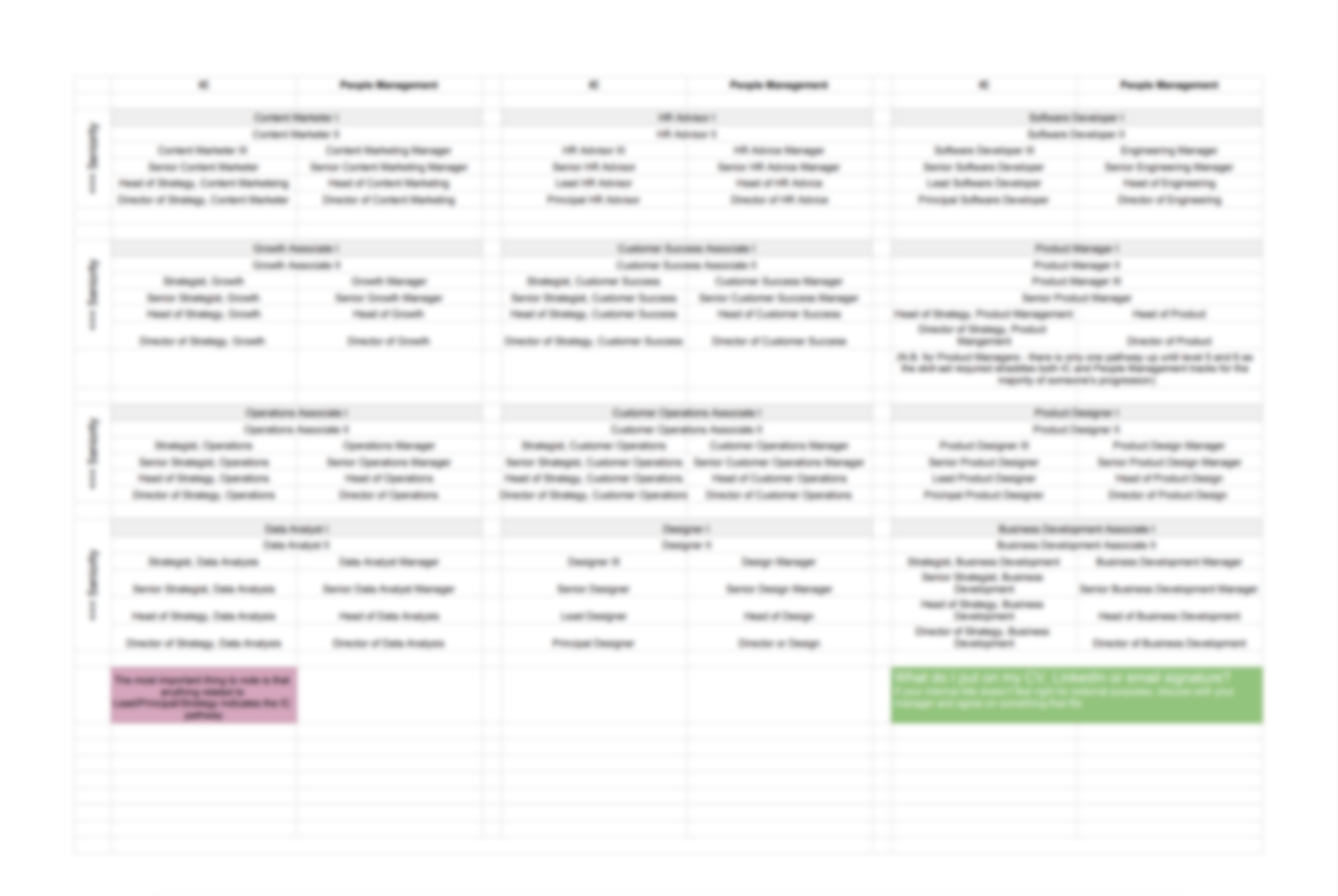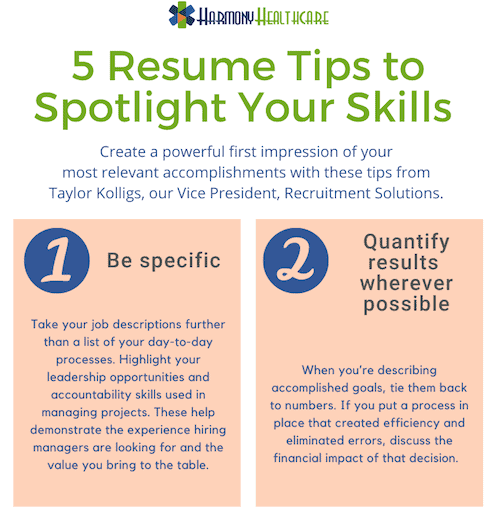
Career paths help employees transition from education to the workforce. These career paths combine action-oriented and task-focused approaches. They increase employee engagement, retention, and productivity. Career paths are a good way to help companies achieve their growth goals and meet staffing requirements. In fact, some studies show that a career path can increase employee engagement by up to 50 percent.
The combination of task-oriented and action-oriented career paths is what makes them unique
There are many common themes to career paths, even though they aren't always easy to see. One of those themes is action-oriented, task-focused thinking. To be successful in life, you need to find the right balance between these two approaches. People who are task-oriented tend to get overwhelmed by their job responsibilities. However, those who are goal-oriented will be able to balance small tasks with the larger picture.

They can be either linear or not-linear
Career paths are both linear and non-linear, and can lead to different outcomes. A linear career path typically involves several steps, starting with an undergraduate degree and moving on to medical school, residency, and finally a job as doctor. Some career paths are more flexible and autonomous than others.
When determining which path is right for you, it's helpful to think about the different experiences you've had and how they can be translated to new roles. People with different backgrounds may find common threads, such as their skills and contributions to different organizations. Since skills often develop over time and in a certain environment, it's important to identify transferable skills. It is possible to transfer skills from one job to another if you have the right skills.
They can be used to address the company's growth plans and staffing needs
Leaders must consider future technology, growth projections and staffing needs when creating career paths. These factors can impact the recruitment and staffing of employees. For example, new technologies can necessitate different skills. Employers should ensure they are well-prepared to take on these new roles by making sure that their career paths consider future skills. Many jobs are set to disappear over the next decade. Companies should be fostering soft skills necessary to stay relevant and profitable.
They can help employees retain and engage.
Engagement is key to your company's success. According to research, engaged employees make a company more productive and are more profitable. They also experience lower employee turnover, absenteism, and absenteeism. Deloitte reported that employee engagement improved retention by 87 percentage. It is possible to make employee satisfaction a priority in your company by making it a priority.

Companies can improve employee engagement by creating career paths. Employees who feel engaged are more likely to stay with their company longer, contribute more to the organization's success, and save organizations time and money through reduced recruitment and training costs. Additionally, employees who feel connected and more engaged in the organization's mission can benefit from career development.